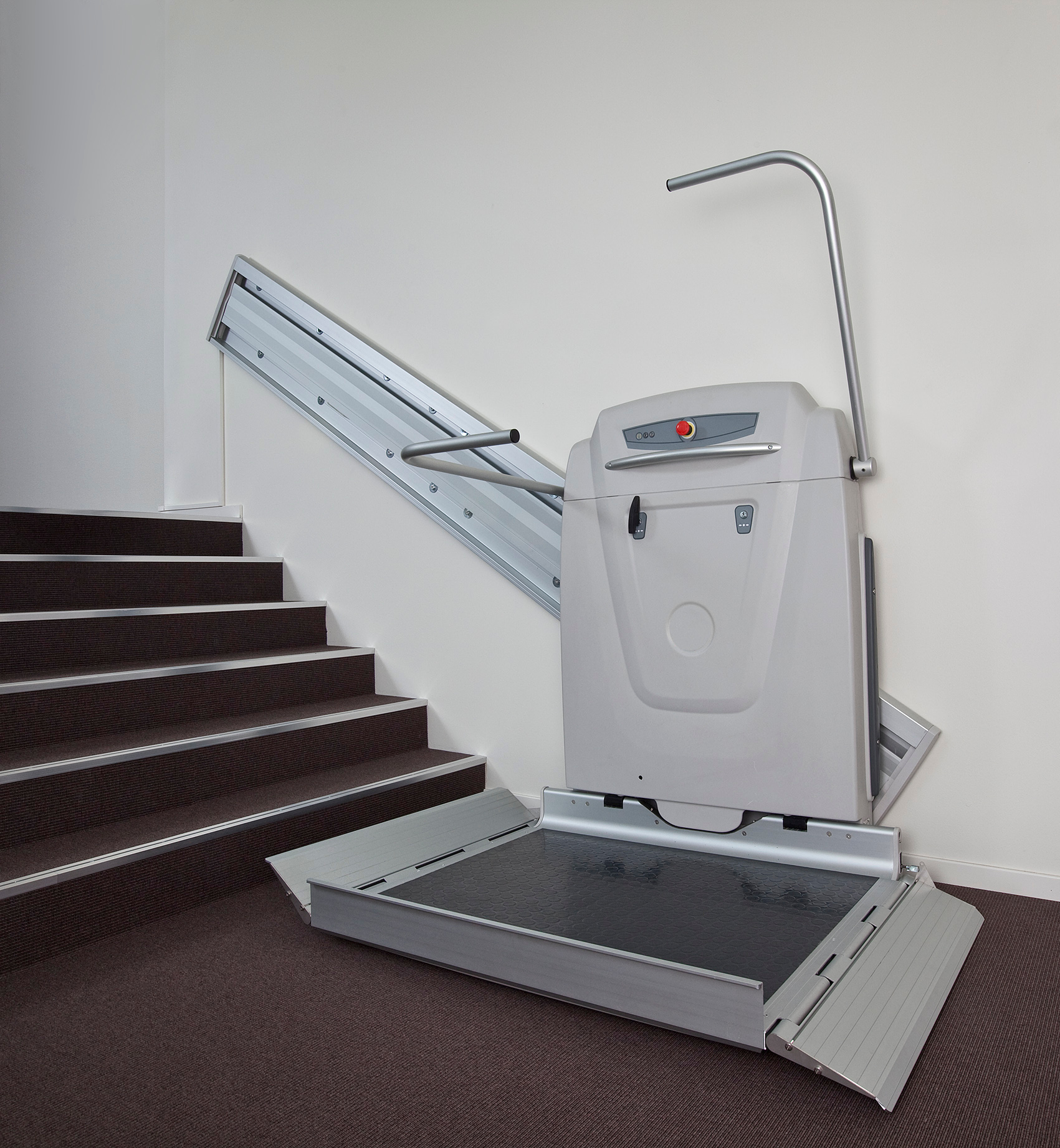Living with mobility challenges shouldn’t mean giving up the freedom to move around your space. Whether stepping onto your deck in Hillsborough, NJ, or navigating to the front door, the right lift turns barriers into smooth pathways. In this guide, we’ll walk you through everything—from lift styles and space needs to safety checklists and styling tips—so you can pick the perfect home wheelchair lifts and get back to living life on your terms.
Lift Type Spotlight: Which Model Floats Your Boat?
Every home and every need is unique. Here’s a quick look at the most popular wheelchair lifts:
- Vertical Platform Lifts
Glide straight up and down, ideal for porch entries or small patios.
- Inclined Platform Lifts
Follow your existing staircase, keeping floor space clear—great for Absecon, NJ homes with narrow railings.
- Through-Floor Lifts
Create an enclosed shaft between levels for a sleek, seamless look.
- Portable Lifts
No permanent install—move them between rooms or even take them when you travel.
Consider how often you’ll use the lift, the weight it needs to carry, and whether a temporary or permanent install suits your lifestyle.
Home Fit Check: Measuring & Installation Made Easy
Before falling in love with a model, grab a tape measure and sketch your space. Most inclined lifts need a clear rail run matching your stair length, while vertical lifts usually require about 4 feet of depth at the base. Across New Jersey, local installers handle permits, wiring, and any concrete work—schedule a free in-home consultation to confirm dimensions and power needs for your wheelchair lifts for home.
Crunching the Numbers: Budgeting Your Lift
Wheelchair lifts for home range widely in price—expect anywhere from $4,000 for a basic inclined model up to $15,000 for a custom through-floor lift. Factors that affect cost include:
- Lift Style: Inclined lifts often cost less than vertical or through-floor lifts.
- Weight Capacity: Higher ratings (600+ lbs) mean sturdier—and pricier—equipment.
- Power Options: Battery backup or solar-ready systems add to upfront costs.
- Installation Work: Custom mounting, masonry, or electrical upgrades can increase labor fees.
Many New Jersey homeowners tap into financing plans, VA benefits, or state grants to spread payments.
Safety Checklist: Features to Rely On
When it comes to mobility gear, you want peace of mind. Make sure your residential wheelchair lift includes:
- Emergency Stop: A big red button to halt movement instantly.
- Non-Slip Platform: Textured surfaces keep wheels where they belong.
- Obstacle Sensors: Auto-reverse if anything blocks the path.
- Backup Power: Keeps you moving during outages.
Pair those features with a monthly self-check and annual professional inspection to keep everything running smoothly.
Design Details: Make It Your Own
Your lift shouldn’t stick out like a sore thumb. Look for customization options such as:
- Color Choices: Match your trim or siding for seamless integration.
- Rail Styles: From minimalist steel to decorative balusters.
- Platform Materials: Powder-coat panels or wood-grain finishes.
A residential wheelchair lift that complements your décor feels less like medical equipment and more like part of the family.
Keep It Moving: Maintenance Made Simple
Routine care keeps your life in top shape and prevents surprises:
- Monthly: Clear debris from tracks and wipe down rails.
- Quarterly: Apply manufacturer-approved lubricant to moving parts.
- Annually: Schedule a pro to check motors, cables, and safety sensors.
Logging these tasks helps you track residential wheelchair lift maintenance and catch minor issues before they grow.
Ready to Lift Your Lifestyle?
Choosing the right wheelchair lifts transforms your home into a place of freedom and comfort. At Mobility123, we specialize in home wheelchair lifts across New Jersey—from free on-site assessments in Hillsborough to expert installations in Absecon. Let us handle the details—permits, financing options, and upkeep—so you can focus on what matters most. Visit Mobility123 or call us to schedule your personalized consultation today.
Frequently Asked Questions
Residential wheelchair lifts include vertical platform, inclined rail, through-floor, and portable models. Each provides specific benefits for home wheelchair lifts based on available space, user mobility requirements, and budget.
Most residential wheelchair lift installations require at least four feet of clear floor space for vertical platform lifts. Inclined lifts follow existing stairs and require rail measurements and permit approval.
Essential safety features for home wheelchair lifts include emergency stop buttons, non-slip platforms, obstacle sensors, handrails, safety gates, and reliable backup power systems to keep users secure and independent.


